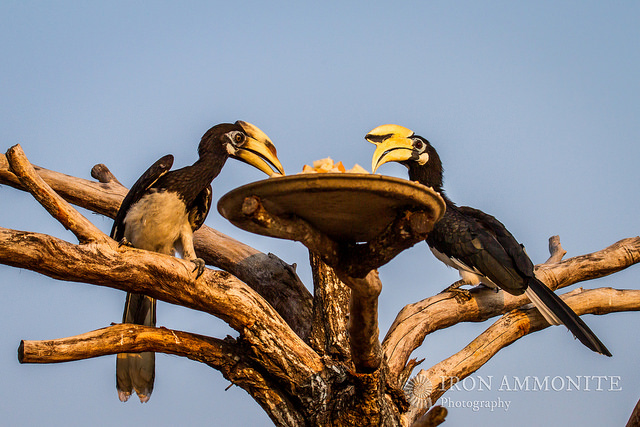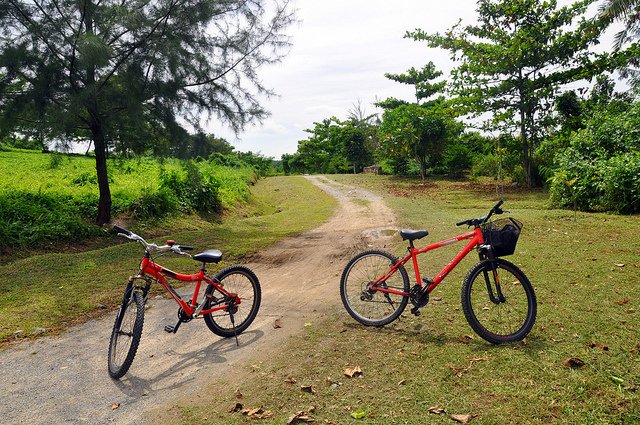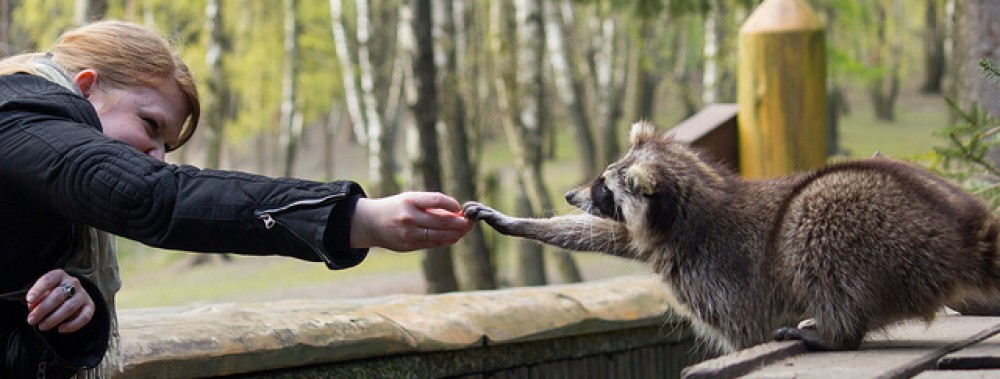To safeguard our biodiversity, we must:
1. Implement Species Conservation and Recovery Programs.
This is to ensure that our native species are conserved and will not be lost. If they are endangered, then recovery programs should be introduced so that they are well protected and encouraged to breed. One of the most well-known conservation work was with the Oriental Pied Hornbills, where these native birds are successfully recovered even though they are once assumed to be extinct! These conservation programs now include bird, dragonfly and plant conservation. Other than conserving the species itself, its habitats must also be conserved. Habitats must also be suitable for the wildlife and flora to strive. As a result, NParks also have to work with other agencies to ensure that there are sufficient and suitable habitat for all the species that we are trying to conserve.

(source: Paul Williams)
2. Restore areas that have previously been degraded
One way to have enough and suitable habitat for the species that we are trying to conserve is to enhance and restore areas had degraded. One example is the rehabilitation of the Ketam Mountain Bike Park in Pulau Ubin. Before NParks started to manage the site, the site was severely degraded due to past drilling activities. It was lacking greenery and of course, biodiversity. NParks changed the whole place using only 350,000 m3 of soil and planting more then 1,500 trees and shrubs. The Bike Park now is a rich habitat and even attracted new species of birds to the island!

Ketam Mountain Bike Park (source: Eustaquio Santimano)
Currently (Novermber 2014), the Bukit Timah Nature Reserve is also under going restoration. This is because over the years, there are several landslides, erosion that made difficult for the plants to flourish and also putting the visitors’ safety at risk. Therefore, from 15 September 2014, the visitors will only have limited access to the nature reserve for restoration efforts to be carried out.
As cited from the National Parks Board, Dr Shawn Lum, President of Nature Society (Singapore), said “The proposed slope stabilisation and trail restoration work will not only benefit public safety and an enhanced visitor experience, but will also be beneficial for the long-term health of Bukit Timah’s forest ecosystem. Decreased erosion from slope and trail restoration, better protection of tree roots from boardwalks, and limiting future soil compaction will help tree survival and regeneration. This in turn will provide a more stable environment for the diverse animal life dependent on Bukit Timah’s mature and very rich plant community. I look forward to the completion of the proposed infrastructure work, and envision a future where all of us – park management, researchers, reserve visitors, and a supportive public – can all work together as stewards as well as be beneficiaries of Singapore’s glorious natural heritage at Bukit Timah.”
3. Extend green corridors to counter fragmentation
One example of green corridors is our Park Connector Network which allows a continuous green cape in our island as it joins up all our major parks, nature sites and housing estates.
4. Utilize parks for off-site conservation and to house or re-create ecosystems that have been lost
Note: this page largely cited the 2009 National Biodiversity Strategy and Action Plan (NBSAP) by NParks.
